Premium Only Content
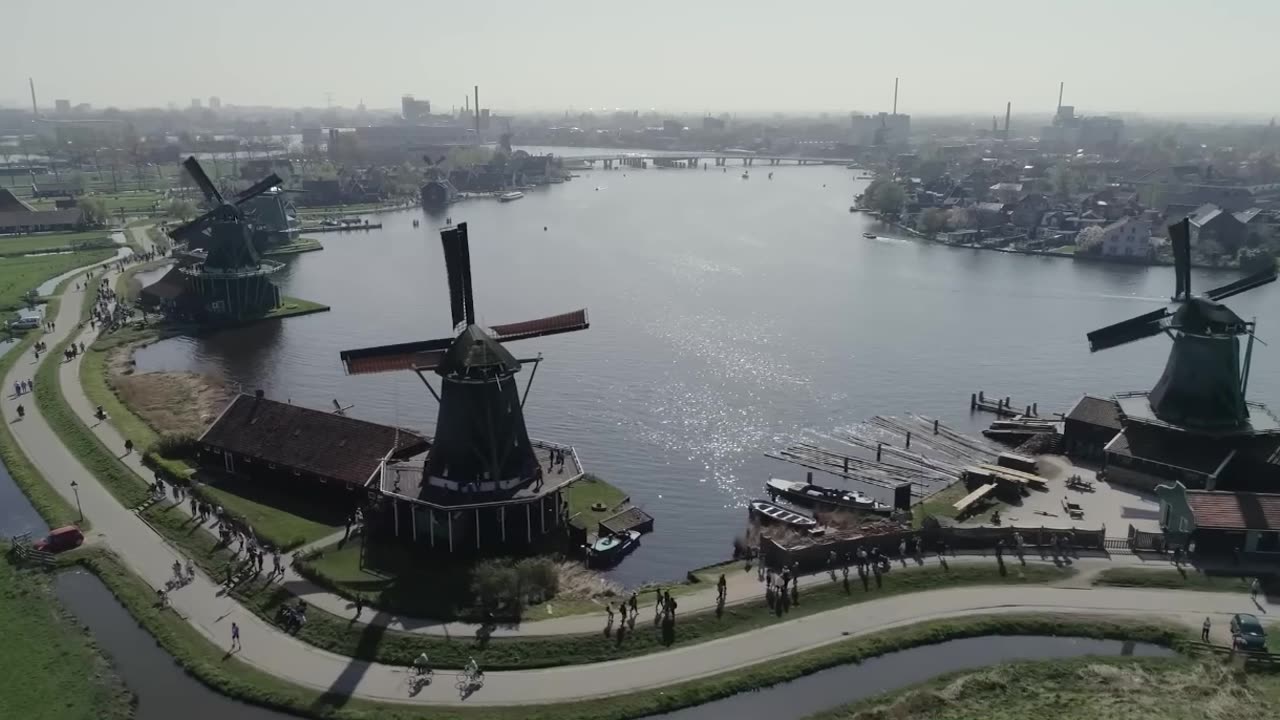
Netherland's ASML super computer chip
The ramifications are HUGE on the world stage!
Me thinks I smell future corporate espionage... ongoing.
If I had only known, I would've have flipped all my stock over into ASML.
WOW! And talk about NANO technology! Getting close to ATOMIC!
An atom is a particle that consists of a nucleus of protons and neutrons surrounded by a cloud of electrons. The atom is the basic particle of the chemical elements, and the chemical elements are distinguished from each other by the number of protons that are in their atoms. For example, any atom that contains 11 protons is sodium, and any atom that contains 29 protons is copper. The number of neutrons defines the isotope of the element.
Atoms are extremely small, typically around 100 picometers across. A human hair is about a million carbon atoms wide. This is smaller than the shortest wavelength of visible light, which means humans cannot see atoms with conventional microscopes. Atoms are so small that accurately predicting their behavior using classical physics is not possible due to quantum effects.
More than 99.94% of an atom's mass is in the nucleus. Each proton has a positive electric charge, while each electron has a negative charge, and the neutrons, if any are present, have no electric charge. If the numbers of protons and electrons are equal, as they normally are, then the atom is electrically neutral. If an atom has more electrons than protons, then it has an overall negative charge, and is called a negative ion. Conversely, if it has more protons than electrons, it has a positive charge, and is called a positive ion.
The electrons of an atom are attracted to the protons in an atomic nucleus by the electromagnetic force. The protons and neutrons in the nucleus are attracted to each other by the nuclear force. This force is usually stronger than the electromagnetic force that repels the positively charged protons from one another. Under certain circumstances, the repelling electromagnetic force becomes stronger than the nuclear force. In this case, the nucleus splits and leaves behind different elements. This is a form of nuclear decay.
Atoms can attach to one or more other atoms by chemical bonds to form chemical compounds such as molecules or crystals. The ability of atoms to attach and detach from each other is responsible for most of the physical changes observed in nature. Chemistry is the discipline that studies these changes.
HOW SMALL IS AN ATOM?
https://ed.ted.com/lessons/just-how-small-is-an-atom
-
 1:09
1:09
🇺🇸GET2IT!⚔️
9 days agoCHINA's future TRANSPORT
461 -
 1:32:34
1:32:34
Glenn Greenwald
1 hour agoThe Future of Gaza With Abubaker Abed; Journalist Sam Husseini On His Physical Expulsion From Blinken’s Briefing & Biden’s Gaza Legacy | System Update #391
20.7K21 -
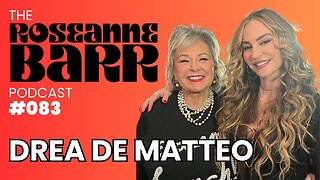 LIVE
LIVE
Roseanne Barr
4 hours ago $2.83 earnedWe are so F*cking Punk Rock! with Drea de Matteo | The Roseanne Barr Podcast #83
2,163 watching -
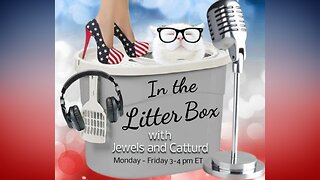 1:04:58
1:04:58
In The Litter Box w/ Jewels & Catturd
1 day agoNo Tax On Tips! | In the Litter Box w/ Jewels & Catturd – Ep. 722 – 1/17/2025
119K30 -
 5:35:39
5:35:39
Dr Disrespect
9 hours ago🔴LIVE - DR DISRESPECT - WARZONE - CRAZY CHALLENGES
147K30 -
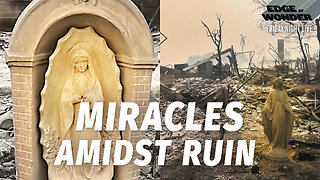 1:16:30
1:16:30
Edge of Wonder
5 hours agoLA Fire Updates: Miracles Amidst the Devastation
10K2 -
 54:54
54:54
LFA TV
9 hours agoBanning Mystery of the Ages | TRUMPET DAILY 1.17.25 7pm
13.8K1 -
 DVR
DVR
2 MIKES LIVE
3 hours ago2 MIKES LIVE #168 Open Mike Friday!
14.2K2 -
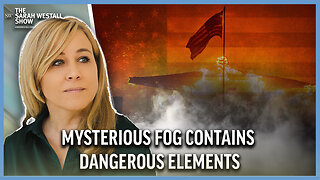 1:05:11
1:05:11
Sarah Westall
3 hours agoMysterious Fog and California Wildfires Both Contain Dangerous Elements w/ Dr Robert Young & Hazen
19.2K3 -
 1:40:48
1:40:48
Mally_Mouse
2 hours agoLet's Play!! -- Stardew Valley pt. 23!
19.6K